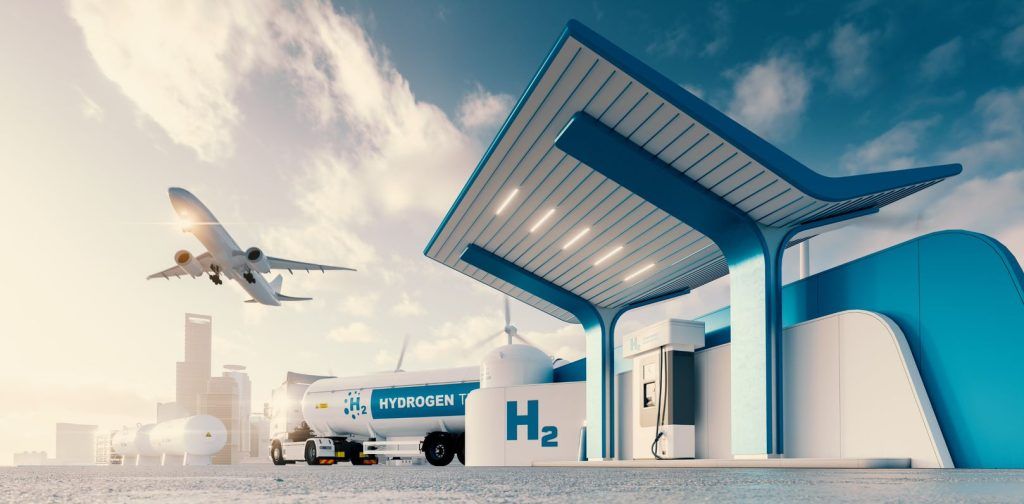Moving from traditional, linear supply chains to a true circular economy could deliver the UK automotive industry cost efficiencies of up to 16 million tonnes of CO2 equivalent per annum by 2025 – and support delivering net zero targets, according to leading manufacturing consultancy HSSMI.
The benefits of moving towards a closed loop strategy to meet climate targets as swiftly as possible were extolled by industry leaders during COP26.
These findings have been ratified by a new report from HSSMI, entitled ‘Closing the Loop to Net Zero: Circular Economy Examples from Automotive, Aerospace, and Shipping’.
While manufacturing has been making strides to reach net zero by replacing fossil fuels with wind and solar at pace across the globe, independent research by the Ellen MacArthur Foundation has concluded that this is far from sufficient.
Raw material extraction and processing are typically the most energy and carbon-intensive processes in the manufacture of any product. Adopting a circular economy philosophy and implementing a closed loop supply chain moves the manufacturing focus from ‘Take, Make, Waste’ to ‘Recycle, Return, Repair, Reuse’.
The Ellen MacArthur Foundation’s research reveals that adopting a closed loop supply chain can remove 9.3 billion tCO2e across the cement, plastics, steel, aluminium and food sectors by 2050. HSSMI’s report concurs with those findings, showing that significant savings can be unlocked within the most polluting sectors – automotive, aerospace, and marine.
For the automotive industry, the total potential carbon savings based on UK vehicles, through employing a circular economy approach instead of relying on raw material in the production of vehicles achieves approximately a 40% reduction in emissions.
Looking ahead to 2025, based on a blend of ICE and BEV vehicles, using a mixture of remanufacture (40%), recycling (55%) and unavoidable disposal (5%), and with sales forecasts of 575,000 BEVs and 1,225,000 ICEs in the UK, then the potential emissions savings could be as high as 16 million tonnes per year.
Research has shown that up to 60% of a BEV’s total carbon footprint can be generated before it leaves the factory. And while the automotive industry has evolved to a highly efficient state of recycling ICE vehicles, the same cannot be said for BEVs.
David Stewart, Engineering Director for Research & Innovation at HSSMI, said: “The truth is that the energy transition will only solve half the climate problem. It’s like we have been only reading half the book, like we’ve been only watching half the movie. So, what completes the picture? Transforming how industry uses materials and how we manage land. That is, transitioning to a circular economy.
“Traditionally, cars have been relatively easy to scrap and recycle as the vehicles are mainly made from steel, which can be recycled efficiently and has an established market value.
“Recycling electric vehicle batteries is more complex. In addition, batteries are normally rejected from vehicles when they have less than 80% capacity. However, manufactures are looking at a range of second life, and even third and fourth life opportunities, but most are yet to put fully commercial solutions in place.
“Embracing a circular economy was once seen as a ‘nice to have,’ by automotive OEMs. Now, given the clarity on how switching to sustainable materials can only take us halfway to net zero and the challenges the growth in EVs brings, embracing a circular economy is a ‘must have’ for those manufacturers who wish to survive and indeed thrive in the future.”
HSSMI Circular Economy Manager, Savina Venkova, said: “A closed loop supply chain strategy delivers significant emission savings by displacing the associated emissions that traditionally occur in the early stages of a supply chain.
“Strategies, such as reuse, remanufacturing and recycling negate the need for constant resupply of new raw materials by redirecting end of life products from landfill back into the supply chain, where their components and materials can be recovered and repurposed as feedstock for equivalent new products.
“One of the key stated goals of COP26 is ‘to speed up the switch to electric vehicles,’ and the UK government has committed £2.8 billion to support the transition to EVs. While these are very welcome developments, they will not, on their own, enable the automotive sector to reach net zero.
“Indeed, analysts predict that if the automotive industry continues down the current path of a traditional linear supply chain model, emissions from materials production could reach as much as 60% of total automotive emissions by 2040.”
Image: courtesy HSSMI








